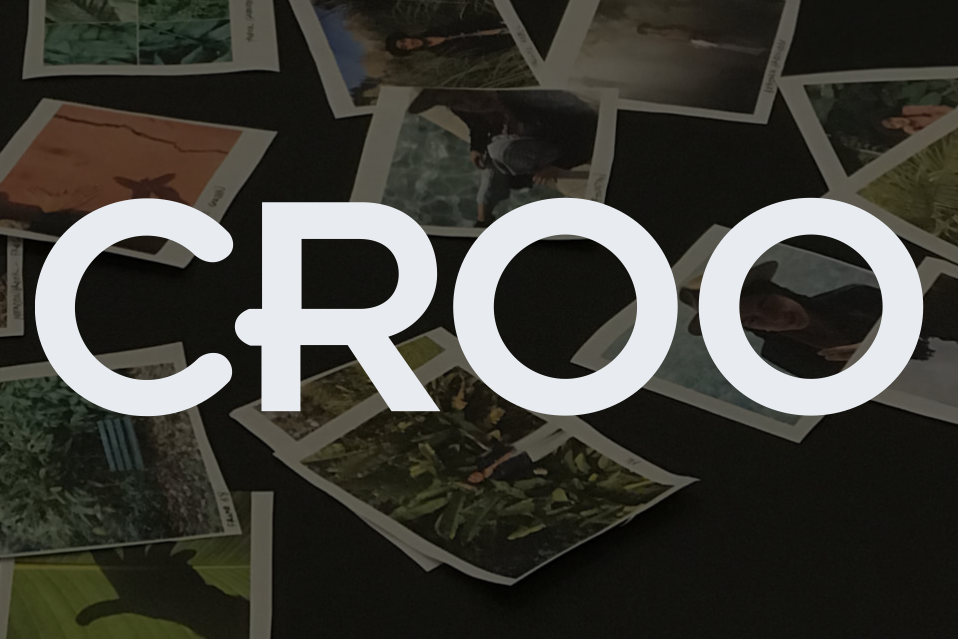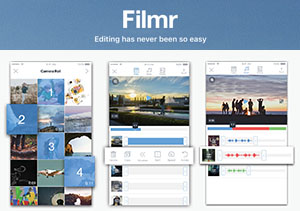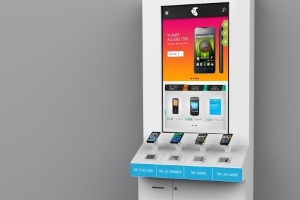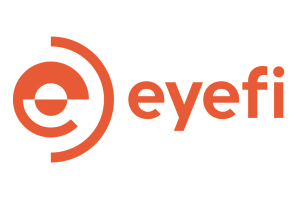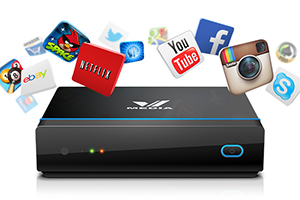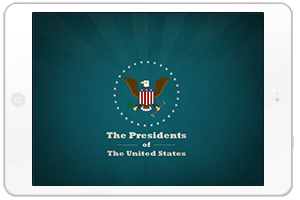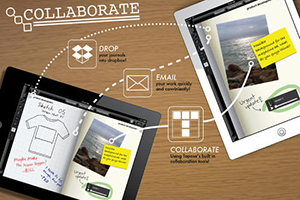Media and Entertainment Industry — Outsourcing Essentials
As 21st-century consumers, we are ready — materially and morally — to pay for consumable content. Copyrights, IP, and respect for the creative process have become ingrained in our culture, and our wallets usually have a few dollars to spare on fun. This is the perfect time for the Media & Entertainment industry to take the proverbial bull by the horns!
Every day, new technologies are developed that permit delivery of personalized content direct to a customer’s fingertips. Common tasks are defined, and standard solutions (i.e. task-specific libraries, frameworks, and common components) already exist which allow for fast delivery of new Media & Entertainment applications. With the right IT outsourcing team — one that has expertise in utilizing multiple different technologies, possesses cutting-edge solutions, and boasts a wealth of collective knowledge — Media & Entertainment companies can increase the quality of their entertainment services while reducing development costs.
Solutions for publishers & broadcasters
Digital media delivered via all possible formats (text, images, audio/video) and accessible across multiple devices is the standard for today’s mass media industry. Virtually every task involved with effectively delivering this media to the customer requires deep, specific technological expertise in order to assist the client with:
- Reaching its audience. A media enterprise requires a fluid web architecture that can seamlessly integrate future extensions as the site grows in popularity. Also, since every mobile platform has its own unique user interaction patterns and functionalities, several mobile applications should be developed (one for Android, one for iOS, and so on) to ensure reliable, on-the-go content accessibility from any device.
- Creating and publishing content. A technologically advanced yet user-friendly administrator panel must be developed; one that clearly defines user roles and privileges management for straightforward security and quality assurance. Additionally, a content management solution (CMS) and an article editor must be created so the Editorial department can easily create and publish content without needing a computer programming degree.
- Monetizing content. This requires the full-scale integration of analytics, payment, advertisement scheduling, and targeting and measurement systems.
Video
Video is an essential content format for textual media (newspapers, magazines, blogs, etc.) and video media (i.e. TV channels, VoD services providers). So how can you ensure that your audience enjoys a flawless viewing experience?
Developing your own video player
If you’re developing a video player as an independent product, make sure you support all existing formats. Some users watch videos in one format and some in another, even if they’re all watching the same episode of Friends. When viewing on the Internet or via a theoretical server, there are numerous containers and codes that the file could be packed and compressed with, and your player must support all of them. Lucky for you, there’s a silver lining: such players already exist, so why reinvent the wheel? The only reason to create a video player from scratch would be if you planned to sell it as an SaaS solution, i.e. JWPlayer, one of the most popular video players.
Custom video player development is, above all else, expensive. Player development and building custom codecs requires an incredible amount of work. Now, if we take existing codecs and adapt them to a particular platform (iOS, for example), there will still be considerable work involved, but far less than starting from scratch. Two years, perhaps. And if we take an existing library — say, FFmpeg — which already supports countless codecs and which works on iPhone, the work will go faster. There are limits, though, and one of the biggest is that since the video player would be distributed via GPL license, and since we’re using FFmpeg, we would have to open source the project — a path that many for-profit product developers prefer to avoid.
Integration with existing video players
If you want to use formats that aren’t default supported by the target device, it may make sense to use FFmpeg and build a custom player. But be warned: if you have an application which takes media data from one specific server, and if you self-manage that server, it’s much easier to use a standard player and just fine-tune your server as needed. This is a good solution for streaming video, and it's easy to fine-tune the server so that it will transmit video data that’s playable on an iPhone, for example.
In sum, when considering a video player solution, the most work-intensive path is to build one from scratch — unless you’re exploring the SaaS route. A quicker, cheaper solution is to take existing codecs and adapt them to a particular platform(s).
Games: mobile and big screen
Easily the most engaging of all digital entertainment formats, games have blossomed into a multi-billion dollar industry that promises substantial revenues for the savvy developer.
The Flappy Bird phenomenon
One of the most recent examples of games’ ability to enjoy meteoric success and generate overnight mass appeal is Flappy Bird. The game’s object is simple enough: a player maneuvers the bird’s flight between a series of green tubes and tries not to touch them. When the player taps the screen, the bird flies up. Flappy Bird was developed in just a few days by Dong Nguyen, a 29-year old Vietnamese, who released it in May 2013. By early January 2014 its popularity was soaring, and by month’s end it was the App store’s most downloaded free game. Nguyen was earning around $50,000 a day from in-game advertising!
Building on this last point, the first issue that game developers must address is the monetization scheme, since it greatly influences the game’s architecture. The most popular monetization approaches are paid apps (revenue from purchases of the game itself); free-to-play apps (revenue from purchases within the game); and in-game advertising (inserting an advertisement block using an advertiser’s SDK).
Sometimes a developer will offer two game versions: a free one with limited functionality and a paid, “premium” version. The object is for people try the free version and like it enough to buy the premium version. In this case, the free version promotes the paid one by compelling the player to upgrade to the paid version.
Choosing the platform
The second critical question is what platform to develop the game for: a mobile platform like iOS (requires coding on Objective-C) or Android (coding on Java); a console such as Play Station (C++ among others) and Xbox; or PC?
The truth is, consumers play games on multiple devices. In fact, practically all digital devices used by the average person are game-friendly: mobile games for when we’re on the go; PCs and laptops for when a table is nearby; and TVs and game consoles for when we’re at home and enjoying some quality big-screen time.
Unity-based games
Unlike business applications, a multiplatform game is a straightforward solution. Whether you play the game on an iPhone or an Android phone, no one cares if it looks absolutely identical — because it’s a game and that’s how it’s supposed to be! The opposite effect occurs if you have a calendar that looks identical on iPhone and on Android. iPhone users prefer one UI and Android users prefer another, and there’s no room for compromise.
Generally speaking, native development is “purer” than a cross-platform solution because you can use all of the native device’s capabilities provided by the manufacturer. However, with native you still need to create two, three, sometimes even four different applications. Currently, the optimal solution for creating multiplatform 2D and 3D games is the Unity development platform. And while Unity doesn’t provide the same level of compatibility as native, it’s worth the sacrifice. Developing a native game is a huge challenge that requires deep knowledge. Plus, you still need an engine for game creation.
Moreover, with Unity you can write code and use drag-‘n-drop options within a native environment, i.e. a 3D editor. You can know absolutely nothing about 3D, but if you know programming you can still create great games. For example, you don’t have to think about how to create a mirror effect on a lake’s surface, or how to design a cat’s paw. It would take you a week to do this with OpenGL — but with Unity, all you need to do is check a box confirming “It’s water”, or, “It’s a cat's paw”. Scripting on C# or JavaScript is an essential part of “handwork” in Unity, since your script controls the characters’ actions and their response to the player’s input.
Unity-based apps and games work on Windows, OS X, Windows Phone, Android, Apple iOS, Linux, and on game consoles too: Wii, Play Station 3 & 4, Xbox 360, and Xbox One. Also, by using a special Unity Web Player plugin model and WebGL technology, apps can be created and displayed in browsers.
Sibers’ experience in developing media & entertainment solutions
Since 2003 Sibers has developed attractive Media & Entertainment solutions for clients worldwide. Among them are solutions aimed at making person-to-person communication easier and more engaging: for instance, a chat app with reach emotions to illustrate functionality; and a dating application whose fun, easy-going vibe reduces the fear and apprehension associated with blind dates.
We’ve also developed solutions that required highly complicated tasks involving thousands of work-hours, i.e. for 3D games and a simulations engine. One such project involved many European grants used to develop an array of applications for mobile devices, PCs, and set-top-boxes, ultimately allowing a Canadian TV provider to deliver its content to a global audience. We’ve also developed dozens of edutainment apps for kids, students, and adults, and dozens of games, including several Unity-based ones.
To learn more about Sibers’ exceptional solutions for the Media & Entertainment industry, please read our case studies.
Featured case studies developed for Media and entertainment industry
Need a development team for your entertainment project?
Request a quoteWhitepapers
- Building MVP for Startups
- Architecture: Why Does it Matter?
- Functionality vs. Classy: The “90/90 Percent” App Rule
- The Essentials of Custom Development for Printing Businesses
- IT Projects: It Takes Two To Meet A Deadline
- E-Learning Evolution: Custom E-Learning Development Trends
- Getting iOS App Crash Logs
- You Asked, We Answered: Testing, Debugging, and What on Earth Does “Best Practices” Really Mean?
- The Limits of Perfection: Where Pixel-perfectionists Need to Stop and Think
- Software cost estimation: What factors are key in IT project estimates?
- Why go outsource?
- DIY: When Does It Make Sense?
